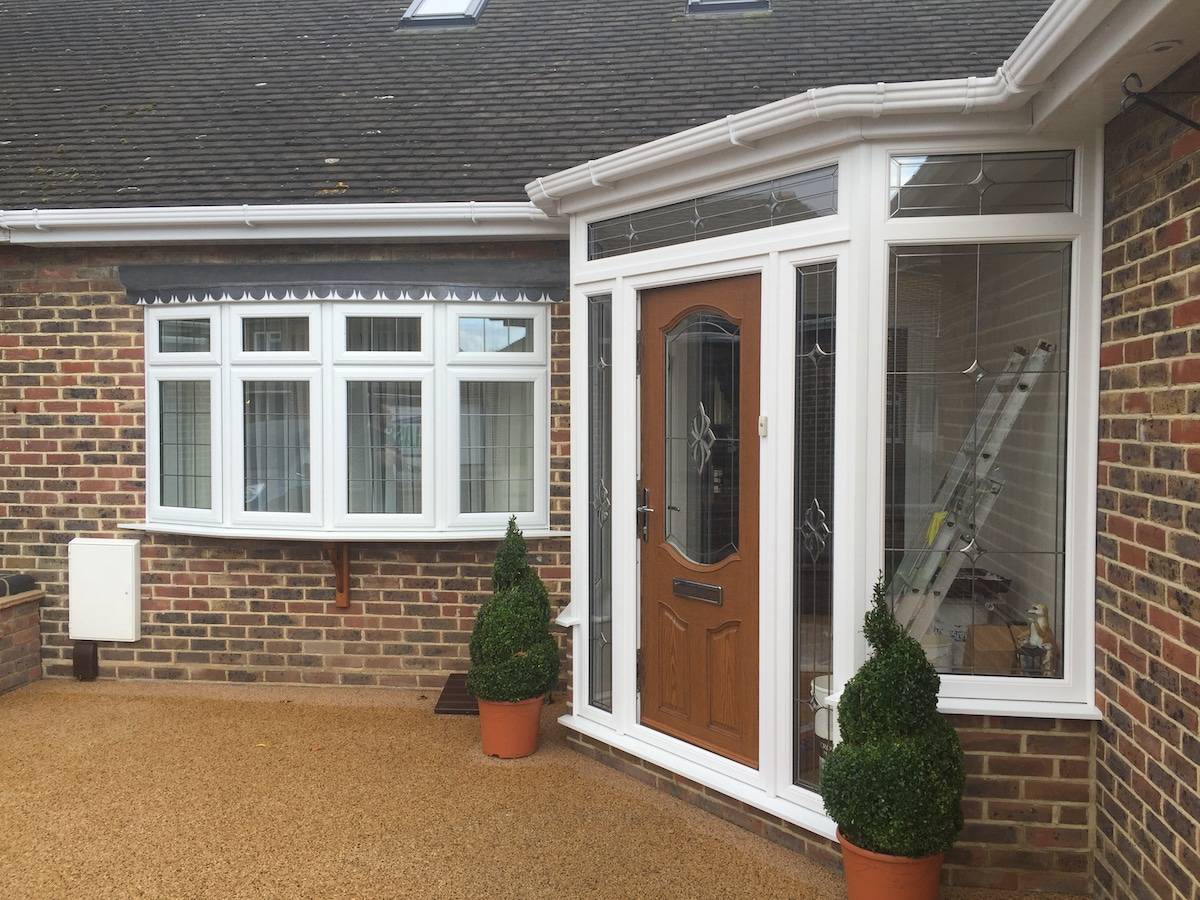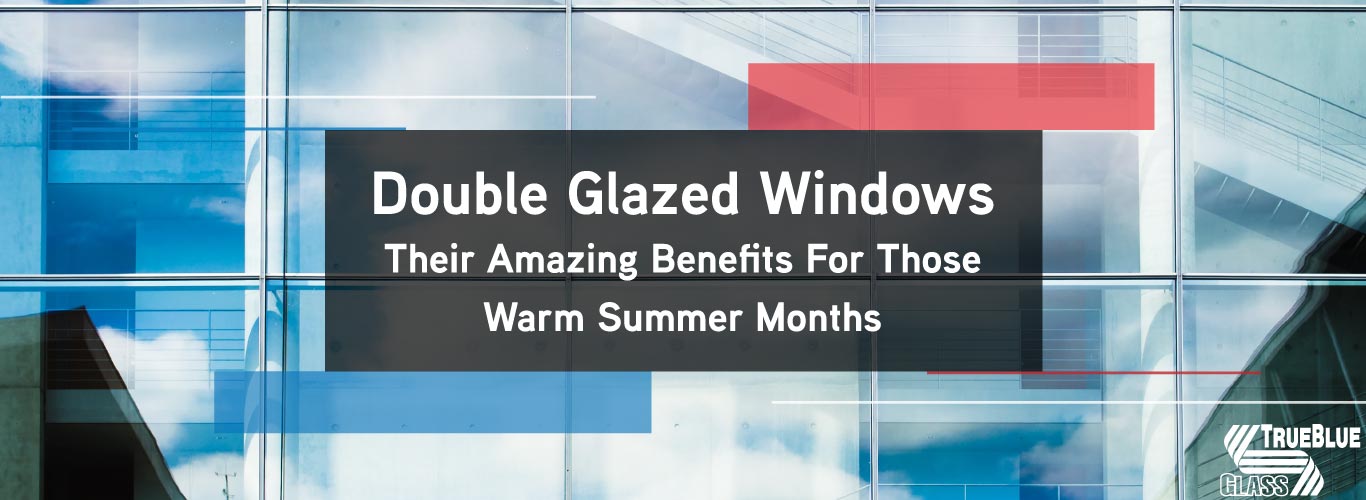All Categories
Featured
Table of Contents
Keep Cool This Summer Without Overusing Your Aircon. in Winthrop Perth
Laminated glass is frequently utilized in locations in the house most vulnerable to injury from human effect such as restrooms, doors, around staircases and in locations close to the floor (it meets the requirements of 'shatterproof glass' that is mandated for use in these areas by Australian Standard AS 1288 Glass in buildings).
Toughened glass has actually been 'tempered' by being reheated and rapidly cooled once again. This process makes it much stronger than basic glass it can withstand greater impact loads prior to breaking. It also makes it safer due to the fact that, when it does shatter, it burglarizes numerous little cubic pieces rather than harmful shards.
Is Double Glazing Worth It? in Noranda WA
However, toughened glass has no thermal or acoustic advantages over other glass of the same toning or density. Secondary glazing is where single-glazed windows are retrofitted with a transparent acrylic or glass sheet connected to the within the frame or openable sash with a secondary frame or with magnetic strips.


Secondary glazing will not carry out also thermally as a produced IGU, because it is impossible to absolutely seal the perimeter, but it can offer excellent noise control. Window films are a thin polymer movie consisting of a taking in dye or reflective metal layer, with an adhesive backing. They stay with your glazing to change its colour or make it reflective.
Which Double Glazing Company Is The Best? in Shenton Park WA
Applied to existing glass, some window films can cut in half the general SHGC of the window by taking in and/or showing solar radiation. This can be particularly useful in hotter climates where cooling is the main concern, or on east and west elevations directly exposed to extended periods of sunshine. Window movies may also minimize noticeable light transmittance.

For this reason, it is generally best to utilize an accredited installer of window film. Frames have a considerable influence on the thermal performance of doors and windows, since energy can be gained and lost through the frame, as well as through the glass. Different types of frame will permit different levels of heat gain and loss, so careful option of frame is very important for reliable passive design.
Double Glazed Windows In Melbourne in Bassendean WA
However, aluminium is likewise an excellent conductor of heat and will decrease the insulating value of a glazing system, unless specifically crafted to minimize this. A 'thermally broken' frame is comprised of 2 aluminium areas connected by a structural insulator (normally a low-conductivity structural polymer). This 'breaks' the thermal connection through the aluminium and reduces the heat flowing through the frame.
They can be pricey, however costs are reducing as they end up being more typical. Lumber frames are a good natural insulator that can fit some home styles. Wood frames should be made from types that have naturally high resilience or be treated to avoid decay and deformation. Check that the wood is sourced from a sustainably handled forest.
How Double Glazing Can Help Keep Your Home Cool In ... in Mount Hawthorn Western Australia
(weather condition stripping) is installed.
u, PVC doors and windows have excellent thermal efficiency Image: Ben Wrigley (Light House Architecture and Science) Composite frames utilize aluminium profiles on the outer areas with either a wood or u, PVC inner section. These combine the low maintenance and sturdiness of aluminium with much enhanced thermal performance.
Table of Contents
Latest Posts
Types Of Glazing For Your Windows, Explained in Wembley Downs WA
Single Vs Double Vs Triple - Which Window Is Right For Your ... in Eden Hill WA
Why Install Stunning Double Glazing Windows During Summer? in South Guildford WA
More
Latest Posts
Types Of Glazing For Your Windows, Explained in Wembley Downs WA
Single Vs Double Vs Triple - Which Window Is Right For Your ... in Eden Hill WA
Why Install Stunning Double Glazing Windows During Summer? in South Guildford WA